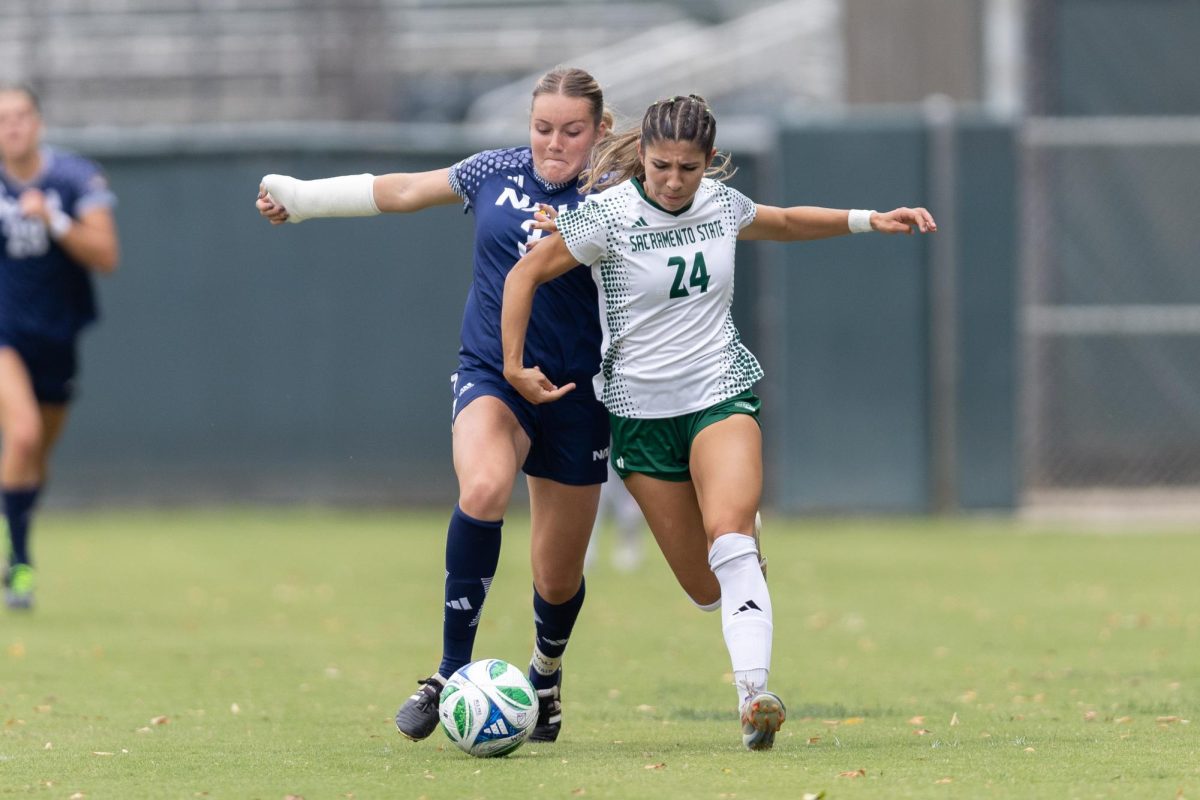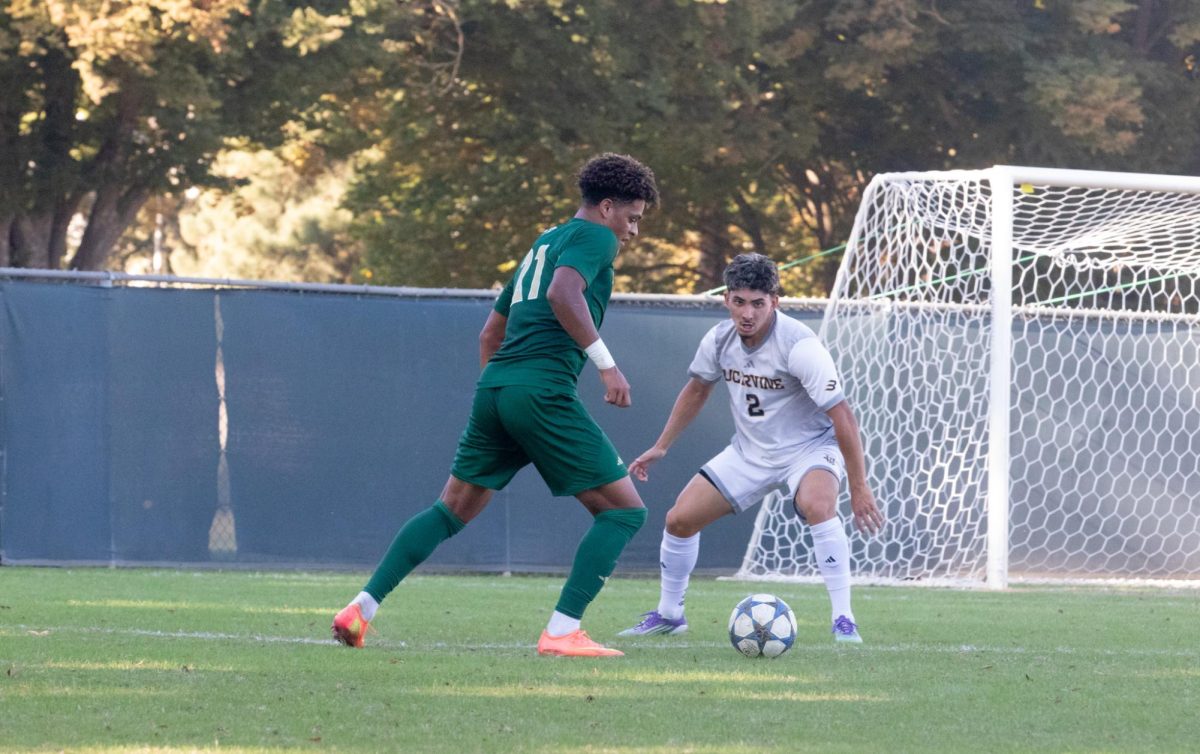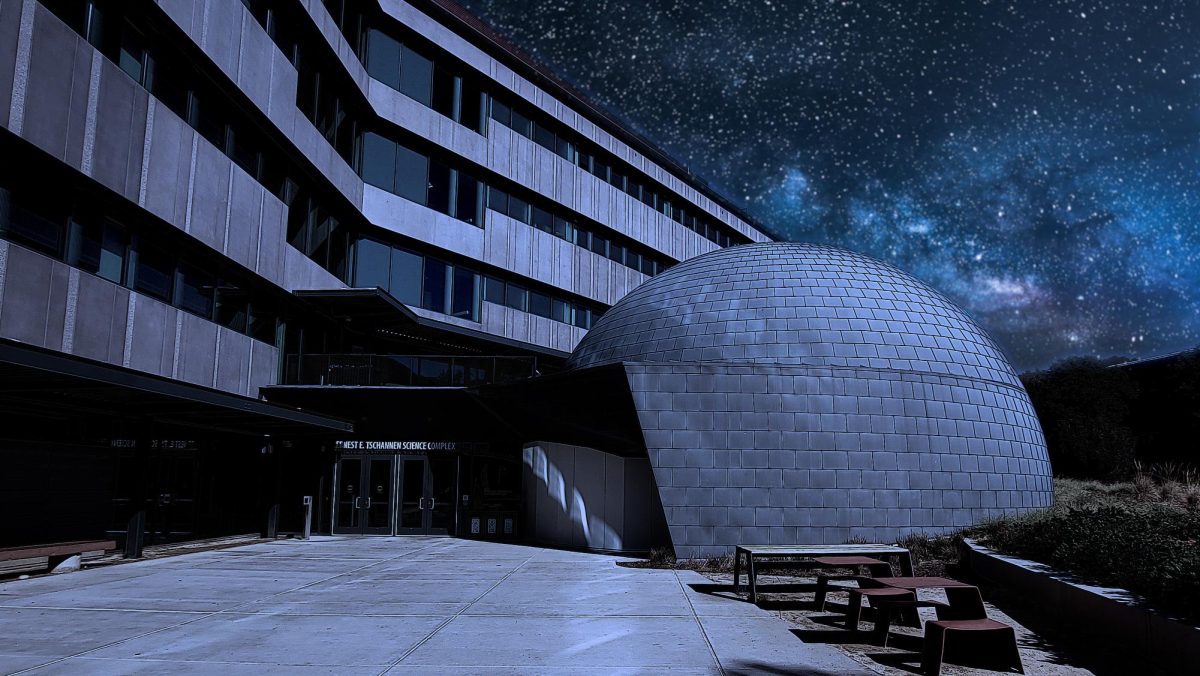46 million down the drain
September 25, 2002
California has been listed on the “hot spot”. list. Not because we have Glamourwood and sleek San Francisco, but because we are one of the regions of the world that will run out of fresh water first. Many large corporations are buying up huge amounts of water in anticipation of the water shortage. Fortune magazine stated that profits of the current water industry amount to about 40 percent of those in the oil sector. Fortune went on to claim that “water promises to be to the 21st century what oil was to the 20th century: the precious commodity that determines the wealth of nations.”
Water was a major topic at the recent United Nations World Summit of Sustainable Development in South Africa. A first of it’s kind, the conference debated environmental topics with 26,000 delegates and 130 world leaders attending. The U.N. has declared that currently, 1 in 5 of the world’s population has no access to clean water, and by the time 2025 rolls around, between one-half to two-thirds of humanity will be living with severe freshwater sources. This means that in twenty years, our children will be fighting over a gallon of fresh water like we do over parking spaces.
Ninety percent of all fresh vegetables consumed in the United States are now grown in the San Joaquin Valley of California. Irrigation uses 70% of the total used freshwater. Much of this water used is wasted, as common flood irrigation practices are extremely inefficient. If drip irrigation replaced methods of flood irrigation, the threat of massive water shortages could be avoided for a longer time. We cannot survive on McDonalds hamburgers, contrary to popular belief. We’ve got to have our veggies too.
Sacramento State uses 46 million gallons of water a year just for its infrastructure. Four gallons for every flush of a toilet, gallons let out in sinks. Fixing a dripping faucet can save a tremendous amount of water. A loss of one drop of water per second wastes 2,400 gallons of water a year, according to National Geographic.That 46 million doesn’t even cover our landscaping, this is provided by the schools own wells, according to Linda Hafer, Associate Director of Facilities management. We have puddles forming on sidewalks, irrigating students’ shoes, when it is parched dry in non-irrigated areas of the state.
Due to the bountiful silt that cascaded into this valley for thousands of years we have an unusually fertile area. The stunning trees and large diversity of plants make Sacramento a calming, reflective space for it’s sometimes harried contributors. I love this about our campus, however we are going to have to change to more naturalized, drought tolerant landscaping to sustain the greenery. Lawns are not drought tolerant.
This area will soon become as barren as the Great Basin unless massive conservation and recycling efforts do not begin soon. Technologies such as composting toilets, drip irrigation, and natural gray-water systems already exist. These can reduce the impacts of our dire situation, and provide us with a stable freshwater system for longer times.
If institutions such as CSUS started to implement water policies such as conservation, wastewater recycling and vigilance with leaking infrastructure systems then the future leaders of the state would be well schooled in practices of sustainability. These ideas of recycling are no longer hippie mantras, but necessary steps that must be taken for our survival.



























































































































